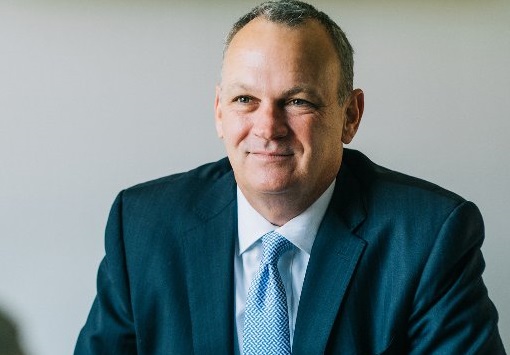By Jim Turner, The News Service of Florida
A five-year, multimillion-dollar effort to expand student enrollment and continue other major changes at New College of Florida was approved Wednesday by the state university system’s Board of Governors, despite some concerns about the spending.
The Board of Governors approved a New College strategic plan, which will allow the school to receive $15 million that was included in the state budget. The plan also puts the small liberal-arts college on pace to request more than $200 million over the next five years.
“We are supporting the spending of a lot more money to educate a very small number of students that already cost exponentially more of state taxpayer dollars to educate, and I personally have concerns about that,” said Board of Governors member Eric Silagy, who voted against the plan during a meeting at the University of South Florida in Tampa.
Silagy, a former president and CEO of Florida Power & Light, said the funding is “the equivalent of USF (the University of South Florida) asking for $13 billion” over five years.
Silagy calculated that New College spent nearly $91,000 per student based on a 2023-2024 enrollment of 732 students, while the average for the state university system is about $10,000 per student.
Silagy also questioned plans to increase student-athlete enrollment at the Sarasota college to 36 percent of the student body over the next decade.
“Is this strategic plan the way that New College should go forward?” Silagy asked. “Should we be focusing on having a third of the student body be student-athletes and spending $100 million for that?”
For other board members, the answer was yes.
Board Vice Chairman Alan Levine said the issue of per-student spending isn’t new for New College, which historically has had the lowest enrollment in the university system. Levine, the chairman, president and CEO of Ballad Health, added it isn’t unusual for small schools to have a high percentage of students participating in athletics.
Board Chairman Brian Lamb said that while he wasn’t “happy” with the costs at New College, he was “supportive” of where the school is headed in student achievement.
“Getting your students through the university, performing at a high level, driving the outcoming in performance-based funding … I’m almost more focused on that,” said Lamb, a managing director with JPMorgan Chase Commercial Banking.
New College has undergone major changes during the past two years, with Gov. Ron DeSantis remaking its Board of Trustees and former state House Speaker Richard Corcoran taking over as college president. It has tried to bulk up enrollment through adding athletic programs while taking controversial steps such as deciding to eliminate the school’s gender studies program.
Corcoran told the Board of Governors he was given the responsibility of rapidly turning around New College, and “that’s what we’re doing.”
“What the Legislature said with this is that we should have a premier liberal-arts college, but we’re tired, exhausted with the last 15-year history of this college and we want massive changes,” Corcoran said.
He said that based on updated student enrollment figures, and the annual fluctuation in state money, the cost per student should be around $68,000.
The plan compares New College with what are considered the “best” liberal-arts colleges across the nation, including Washington and Lee University and the University of Richmond in Virginia and Davidson University in North Carolina.
New College offers 12 intercollegiate sports and has a goal of fielding 24 teams by 2028 and 30 by 2034, with $100 million needed to upgrade athletic facilities.
This year’s state budget provided $10 million that became immediately available for “operational enhancements” and student scholarships at New College. An additional $15 million was contingent on the approval of the five-year strategic plan and is expected to be used for temporary student housing, additional scholarships, campus security and technology updates.
The school, which has experienced heavy faculty turnover during the past couple of years, has targeted increasing enrollment from 750 students to 1,200 by 2028 while keeping a 7-to-1 student-to-faculty ratio. That could require up to 148 potential hires over the next five years, with a projected potential loss of 84 professors.

